Introduction
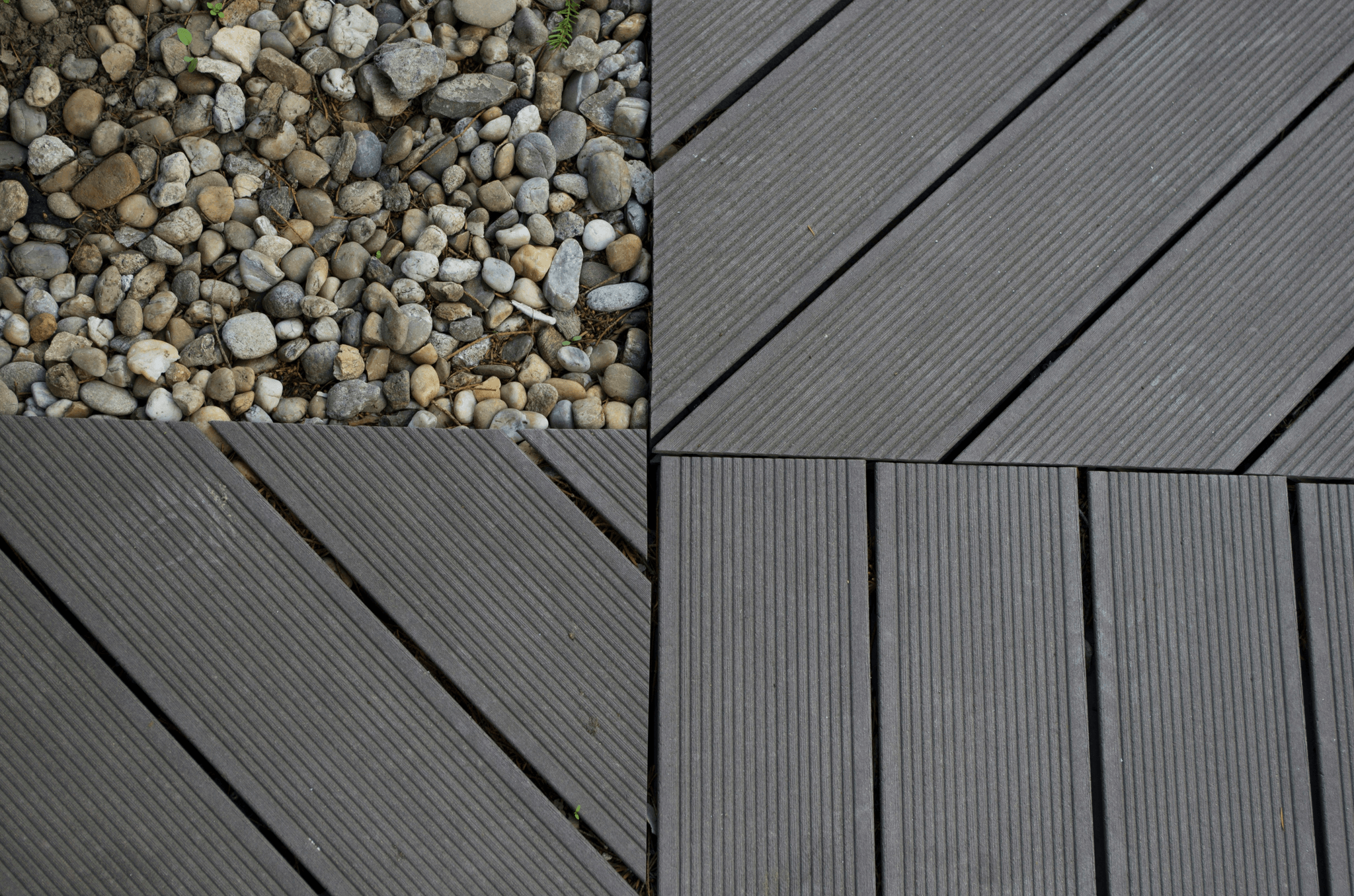
Understanding Decking Material Choices
Decking materials come in various forms, with timber and composite wood being two of the most popular options on the market today. Timber decking offers a classic look that many homeowners love, while composite decking provides a modern twist with its low-maintenance appeal. By exploring these choices, you can make an informed decision that aligns with your style preferences and lifestyle needs.
Why Timber and Composite Matter
Timber and composite materials both have their unique advantages that make them worthy contenders for any decking project. Timber brings warmth and natural beauty to outdoor spaces, making it an appealing choice for traditionalists. On the other hand, composite wood boasts innovative features like resistance to fading and splintering, which are essential for families seeking durability without sacrificing aesthetics.
The Cost Factor in Decking
Cost is an essential factor when selecting between timber vs composite decking options; understanding what you’re investing in will help shape your final decision. While initial prices may vary significantly between wood decks and deck composite decking solutions, long-term value plays a critical role in determining which material is ultimately more economical. By analyzing both upfront costs and future maintenance expenses, you can better budget for your ideal outdoor living space.
Timber Decking Overview
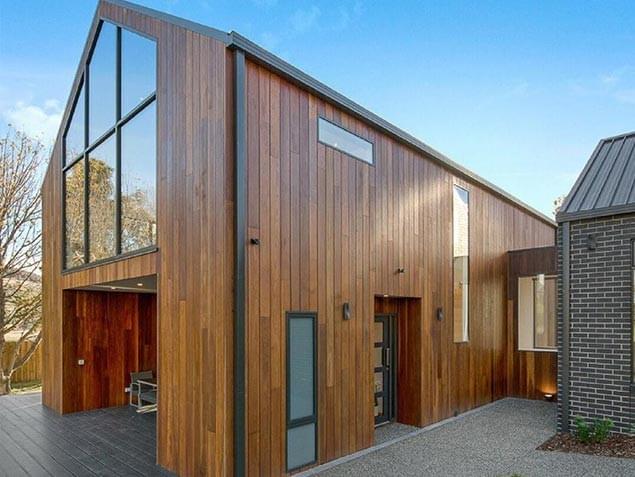
What is Timber Decking?
Timber decking refers to outdoor flooring made from natural wood, designed specifically for patios, balconies, or garden spaces. It’s crafted from various types of hardwoods and softwoods, each offering distinct characteristics in terms of appearance and durability. Unlike composite wood options that blend materials for enhanced performance, timber provides a genuine wooden aesthetic that many find irresistible.
Popular Types of Wood Decks
There are several popular types of wood used in deck construction, each contributing its unique charm to outdoor spaces. Pressure-treated pine is one of the most affordable options but may require more maintenance compared to others. On the other hand, hardwoods like cedar and redwood are prized for their resistance to decay and their stunning natural colors—making them some of the best decking choices available today.
Key Benefits of Wood Decking
One major advantage of wood decking is its timeless appeal; nothing quite compares to the warmth and character that natural wood brings to an outdoor setting. Additionally, timber typically offers better traction compared to composite materials when wet—an essential safety feature for families with children or pets around! Lastly, with proper care and maintenance over time, quality wood decks can last many years while providing an inviting space for gatherings or relaxation.
Composite Decking Insights
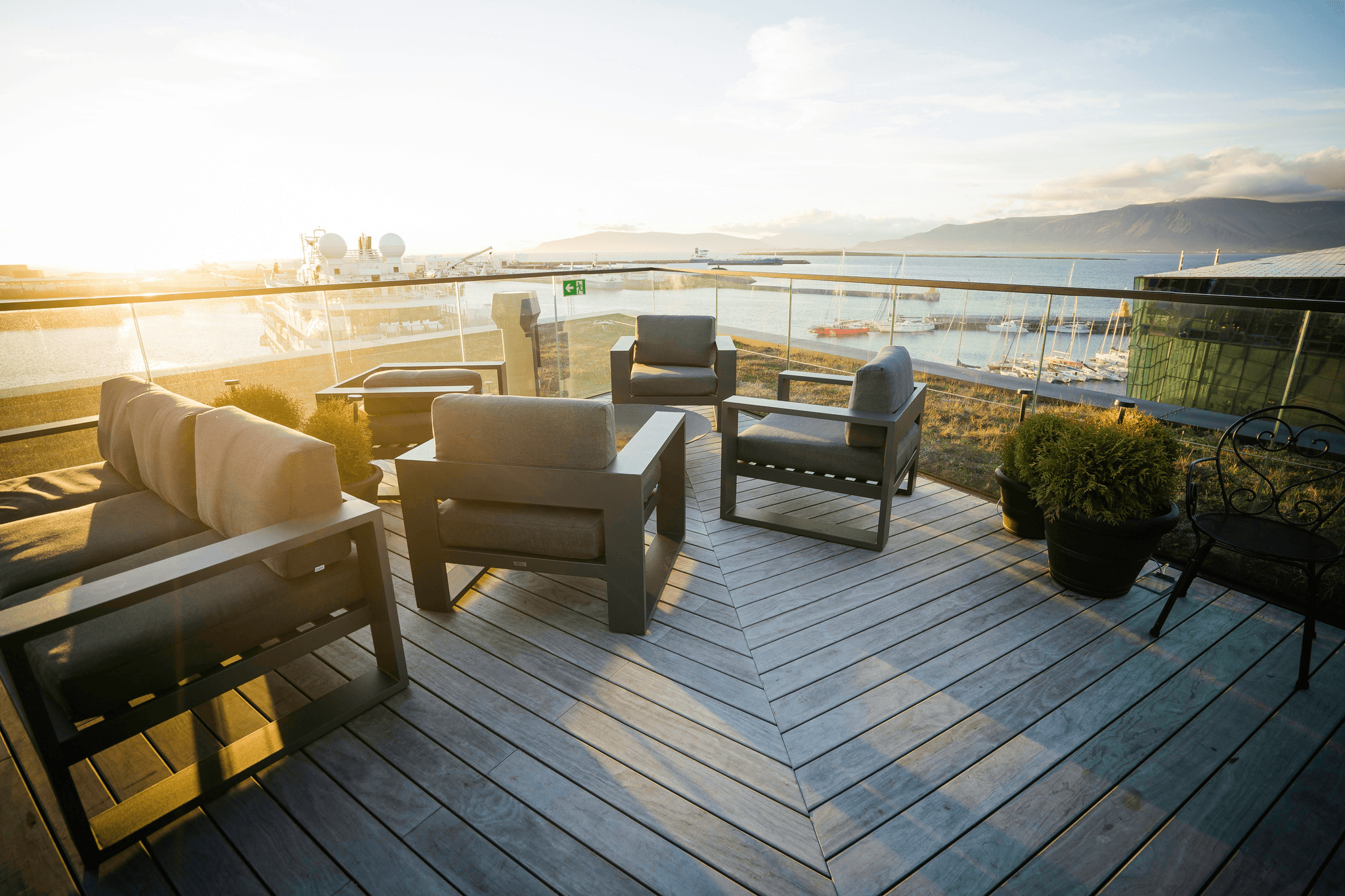
What is Composite Decking?
Composite decking is a synthetic building material made from a blend of wood fibers and plastic polymers. Unlike traditional wood decking, which can warp or splinter over time, composite materials are engineered for longevity and resilience against the elements. This makes deck composite decking an attractive choice for homeowners looking for a reliable outdoor surface that requires minimal upkeep.
Advantages of Composite Wood
One of the standout benefits of composite wood is its resistance to fading, staining, and mold growth compared to conventional wood decks. Homeowners can enjoy their outdoor spaces without worrying about frequent maintenance or refinishing every few years—composite decks retain their beauty over time with just occasional cleaning. Additionally, many brands offer warranties on their products, giving buyers peace of mind when considering this best decking option.
Another advantage is the variety available in colors and textures; homeowners can choose from numerous styles that replicate the look of various types of wood while enjoying enhanced durability. The low-maintenance nature means more time spent relaxing on your deck rather than scrubbing or sealing it each season. When weighing timber vs composite decking options, these benefits often tip the scales toward choosing composite materials.
Environmental Impact of Composite Materials
Composite materials are gaining recognition not only for their durability but also for their eco-friendly characteristics. Many manufacturers use recycled materials in their production process; this reduces waste in landfills while conserving natural resources needed for traditional wood decks. At Composite Decking Inc, we are passionate about transforming outdoor spaces with high-quality, sustainable solutions that reflect our commitment to environmental responsibility.
Moreover, by opting for composite instead of timber, consumers contribute to reducing deforestation since fewer trees need to be harvested for lumber production. These environmentally conscious choices resonate with homeowners who want beautiful outdoor spaces without compromising ecological integrity—making deck composite decking an appealing option in today’s market focused on sustainability. As you evaluate your options in timber vs composite decking, consider how each choice aligns with your values regarding environmental impact.
Pros and Cons of Timber vs Composite Decking

Timber: The Good and the Bad
Timber decking is often celebrated for its natural beauty and warmth, making it a popular choice among homeowners seeking a traditional look for their outdoor spaces. The rich textures and colors of wood decking can enhance any landscape design, creating an inviting atmosphere for gatherings or quiet evenings outdoors. However, timber also has its downsides; it requires regular maintenance to prevent rot, warping, or pest infestations—something to consider if you prefer low-maintenance solutions.
Another key point in the timber vs composite decking debate is sustainability. While responsibly sourced timber can be eco-friendly, many homeowners are concerned about deforestation and the carbon footprint associated with harvesting trees. In contrast, some types of composite wood are made from recycled materials, appealing to those who prioritize environmental responsibility in their decking material choices.
Lastly, let’s talk about cost—timber may initially seem cheaper than composite options; however, long-term expenses related to maintenance can add up quickly. If you’re not ready for frequent upkeep or repairs on your wood decks, investing in high-quality composite deck materials might save you money down the line.
Composite Decking: The Ups and Downs
Composite decking has gained popularity due to its low-maintenance appeal and durability against harsh weather conditions. Made from a blend of reclaimed wood fibers and plastic materials, this innovative solution offers homeowners an alternative that mimics the appearance of natural wood without the hassle of upkeep typically associated with traditional wood decks. With no need for staining or sealing every few years—composite decking lets you spend more time enjoying your space rather than maintaining it.
On the flip side, some argue that while composite wood can look like real timber at first glance, it may lack the authentic charm that only natural products provide. Plus, initial costs tend to be higher than those associated with standard timber options; however, this investment pays off over time when considering longevity and reduced maintenance expenses. Choosing composite means opting for convenience but understanding that not all brands deliver equally in terms of quality—so it's essential to research before selecting your best decking material.
Furthermore, environmental impact plays a significant role in this conversation as well; while many composites use recycled content which is great for sustainability efforts—the production process itself can sometimes involve energy-intensive practices that aren't as eco-friendly as one would hope. As such discussions around eco-consciousness evolve within our society today—it's crucial we weigh these factors when deciding between timber vs composite decking options.
Durability Showdown: Timber vs Composite
When pitting timber against composite in terms of durability—a clear winner emerges based on specific criteria! Timber has been known to age beautifully if maintained correctly but is susceptible to elements such as moisture which leads directly into rot or insect damage over time without proper care routines established regularly by homeowners themselves! Conversely—the durability factor shines brightly through composites—they resist fading due largely because they’re engineered specifically against UV rays alongside mold growth!
In everyday usage scenarios where heavy foot traffic occurs frequently (think summer barbecues), composites hold strong compared with traditional wooden structures which may splinter easily under pressure after prolonged exposure! Ultimately though—it’s important not just focus solely on immediate appearances but keep longevity top-of-mind during selection processes too since both types offer unique attributes suited perfectly depending upon individual preferences surrounding lifestyle needs!
In conclusion—while each option presents compelling arguments regarding performance metrics—it’s essential we evaluate personal priorities carefully before making any final decisions regarding our outdoor living spaces! At Composite Decking Inc., we understand this complexity firsthand—and strive tirelessly towards providing sustainable solutions tailored just right so everyone gets exactly what they want out their dream deck designs!
Cost Analysis: Timber vs Composite Decking
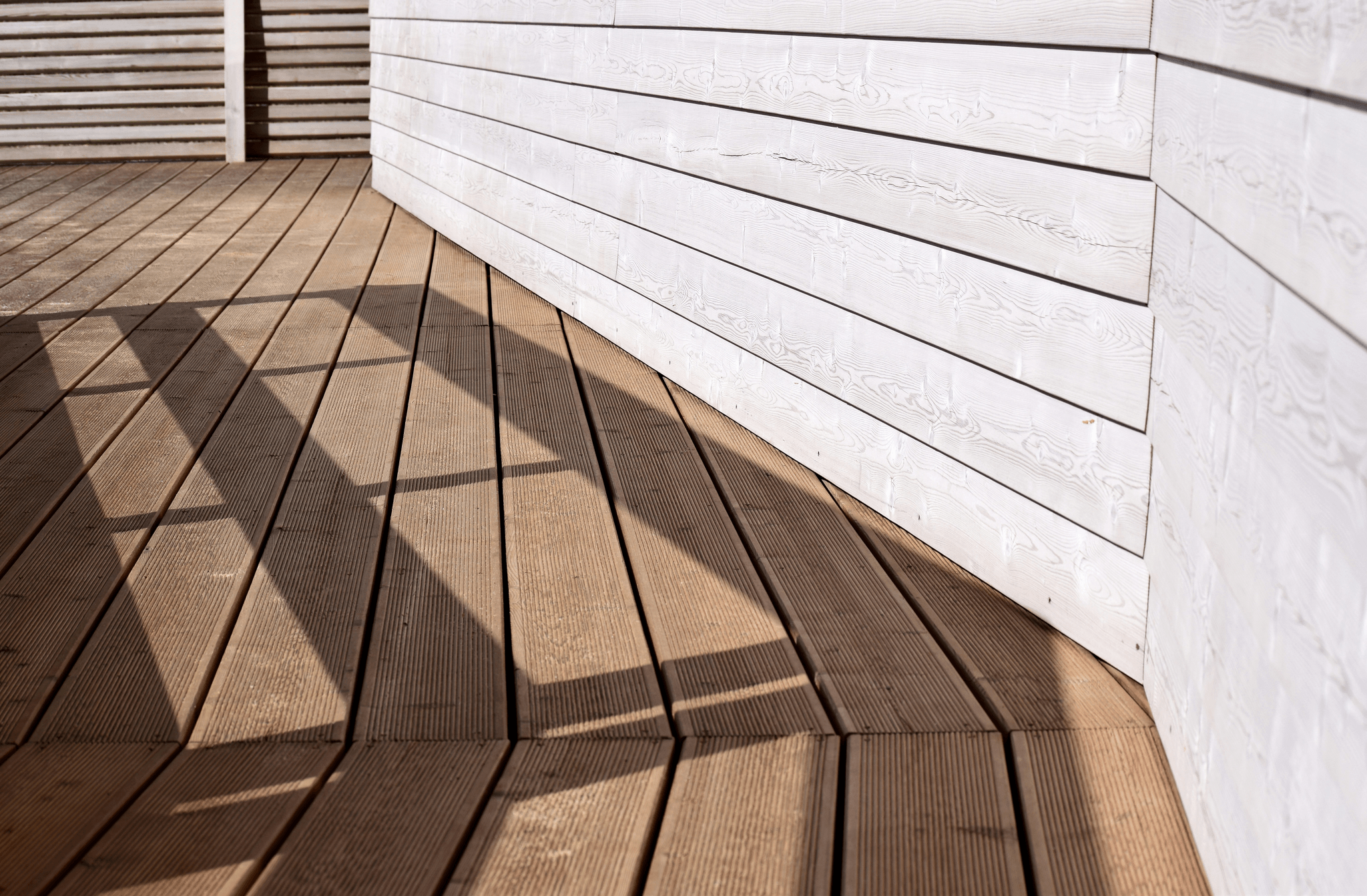
Price Range of Wood Decks
Wood decks vary widely in price based on the type of timber used and market conditions. On average, expect to pay between $15 to $30 per square foot for quality wood decking materials like cedar or redwood. However, if you're leaning towards exotic hardwoods such as Ipe or Teak, you might find yourself shelling out upwards of $30 per square foot—definitely a premium option in the timber vs composite decking debate.
Investing in Composite Decking
Investing in composite decking often requires a higher upfront cost compared to traditional wood decks. Generally priced between $20 to $40 per square foot, composite wood offers a blend of recycled materials and plastic that promises durability and low maintenance. While the initial investment may be steeper than wood decking options, many homeowners find that this choice pays off over time due to reduced upkeep costs.
Long-term Value of Deck Composite Decking
When evaluating long-term value, deck composite decking often emerges as a winner against timber alternatives. Unlike wood decks that may require regular staining or sealing every few years, composite materials are designed for longevity with minimal maintenance needs—saving both time and money down the line. Additionally, many manufacturers offer warranties up to 25 years on their products; this means peace of mind knowing your investment is protected while you enjoy your outdoor space.
Maintenance and Longevity

When selecting between timber vs composite decking, one crucial consideration is the maintenance required to keep your outdoor space looking its best. Each option has its unique requirements, which can significantly impact your long-term enjoyment and the overall longevity of the decking material. Understanding these differences will help you make an informed decision that aligns with your lifestyle and preferences.
Caring for Timber Decks
Caring for wood decks involves a commitment to regular maintenance to preserve their natural beauty and structural integrity. This includes periodic cleaning, sealing, and staining to protect against moisture, UV rays, and pests that can lead to rot or warping. Without proper care, timber decks may lose their luster over time, making it essential for homeowners to invest time in upkeep if they choose traditional wood decking.
In addition to routine maintenance, it's vital to inspect timber decks regularly for signs of damage or wear. This proactive approach can help catch issues early before they escalate into costly repairs or replacements. While many appreciate the charm of wood decking, those who prefer low-maintenance options may find themselves longing for something less demanding.
Low-Maintenance Benefits of Composite
On the flip side, composite decking shines when it comes to low-maintenance benefits that appeal to busy homeowners. Unlike timber decks that require staining and sealing every few years, deck composite materials are designed to resist fading, staining, and scratching without extensive upkeep. A simple wash with soap and water is often all it takes to keep your composite wood looking fresh throughout the seasons.
Furthermore, composite materials are engineered from a blend of recycled plastics and wood fibers that do not splinter or warp like traditional wood decking might over time. This durability means less worry about safety hazards like splinters for children running around barefoot or pets frolicking on the surface. If you're seeking a hassle-free outdoor experience while still enjoying aesthetic appeal, then composite options might just be the best decking choice for you.
How Longevity Differs in Both Options
When comparing longevity between timber vs composite decking options, it's clear that each material has its own lifespan characteristics worth noting. Generally speaking, well-maintained timber decks can last anywhere from 15-30 years depending on the type of wood used and environmental factors such as climate exposure or humidity levels. However, without diligent care—think regular sealing—this lifespan can diminish significantly.
In contrast, high-quality composite materials boast an impressive lifespan often exceeding 25 years without requiring much more than occasional cleaning—talk about a win-win! The synthetic nature of deck composite products also means they are resistant to decay caused by moisture-related issues common with natural woods. For homeowners prioritizing longevity alongside aesthetics in their outdoor spaces will likely find themselves leaning towards durable composites offered by companies like Composite Decking Inc., where sustainability meets style seamlessly.
Conclusion
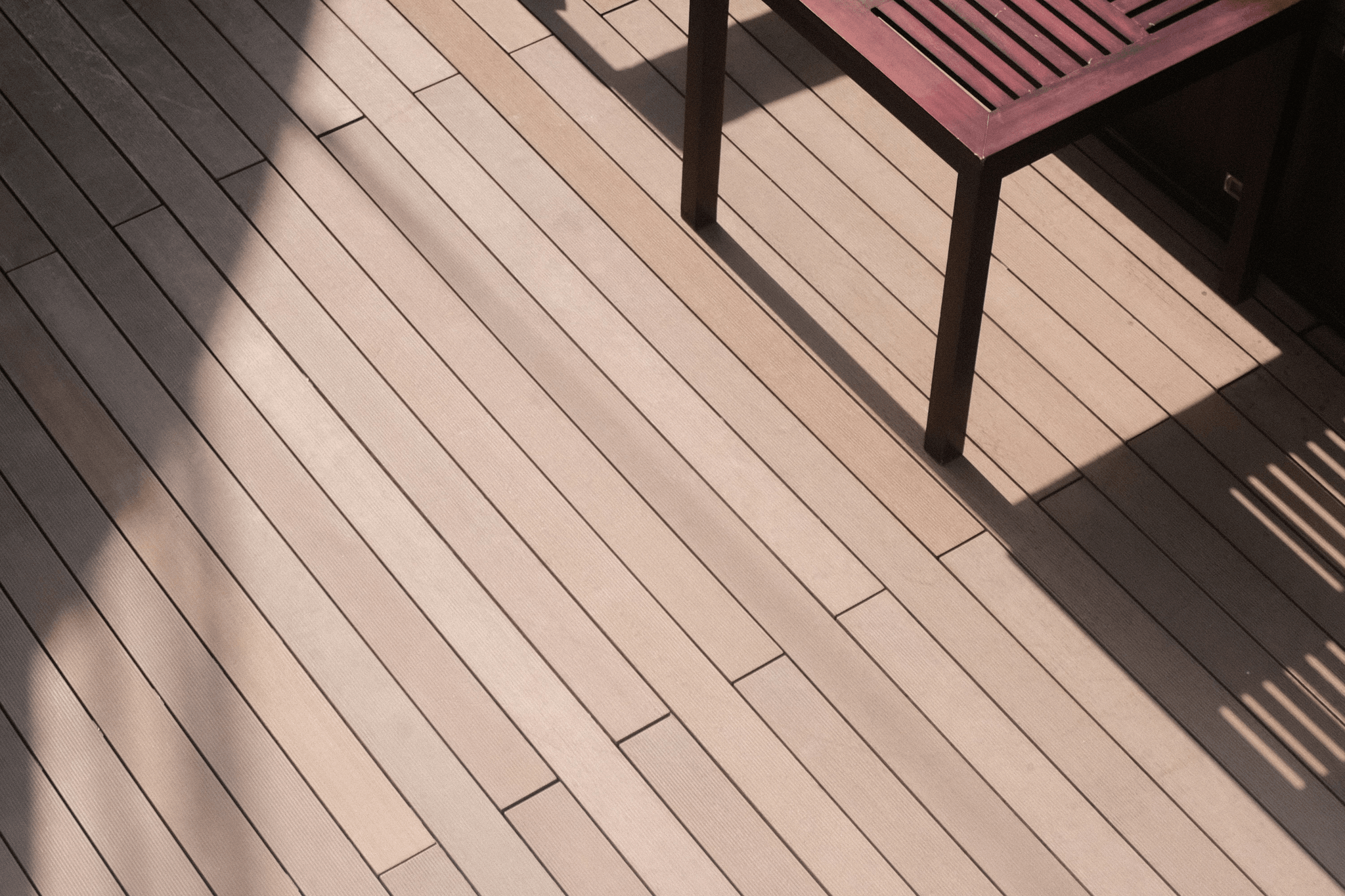
Choosing the right decking material for your outdoor space can feel like a daunting task, especially with the ongoing timber vs composite decking debate. Both options have their unique advantages and disadvantages, making it essential to weigh your priorities carefully. Whether you lean towards the natural charm of wood decks or the innovative resilience of composite wood, understanding what each material offers is key to a satisfying investment.
Choosing the Right Material for Your Space
When deciding between timber and composite decking, consider how you plan to use your outdoor area. If you're looking for a classic aesthetic that complements traditional homes, wood decking might be your best bet. However, if low maintenance and durability are high on your list, then composite decking could very well be the answer to all your deck-related dreams.
It’s also important to think about climate and location; some woods perform better in certain environments than others. For example, tropical hardwoods may endure harsh weather conditions but require more upkeep than their composite counterparts. Ultimately, finding the best decking solution comes down to balancing aesthetics with practicality—something that both timber and composite materials can provide in different ways.
Budgeting for Your Decking Project
Budgeting is crucial when embarking on any home improvement project, especially when it comes to choosing between timber vs composite decking. While initial costs may differ significantly—wood decks often appearing cheaper upfront—the long-term expenses associated with maintenance can tilt the scales in favor of composite options over time. Understanding these cost dynamics will help you make an informed decision that fits within your financial framework.
Keep in mind that while quality wood may require periodic sealing and staining, composite materials typically offer a longer lifespan without such demands. This means fewer headaches (and dollars) spent on upkeep as years go by! So when budgeting for your deck project, consider not just today’s price tag but also future costs; sometimes spending a bit more initially pays off handsomely down the road.
Exploring Options with Composite Decking Inc
At Composite Decking Inc., we are passionate about transforming outdoor spaces with high-quality, sustainable decking solutions tailored to meet diverse needs and preferences. Our extensive range of products combines modern technology and eco-friendly innovation to deliver durable and visually stunning deck composite options that mimic natural wood without its drawbacks. If you're still undecided between timber vs composite decking or simply want more information on how our offerings can elevate your space, we’re here to help!
We invite homeowners, builders, and designers alike to explore our collection of low-maintenance materials designed for longevity while keeping aesthetics front-of-mind! With years of industry experience under our belt, we're committed not just to providing products but also ensuring satisfaction through every step of your journey toward creating an inviting outdoor oasis.
